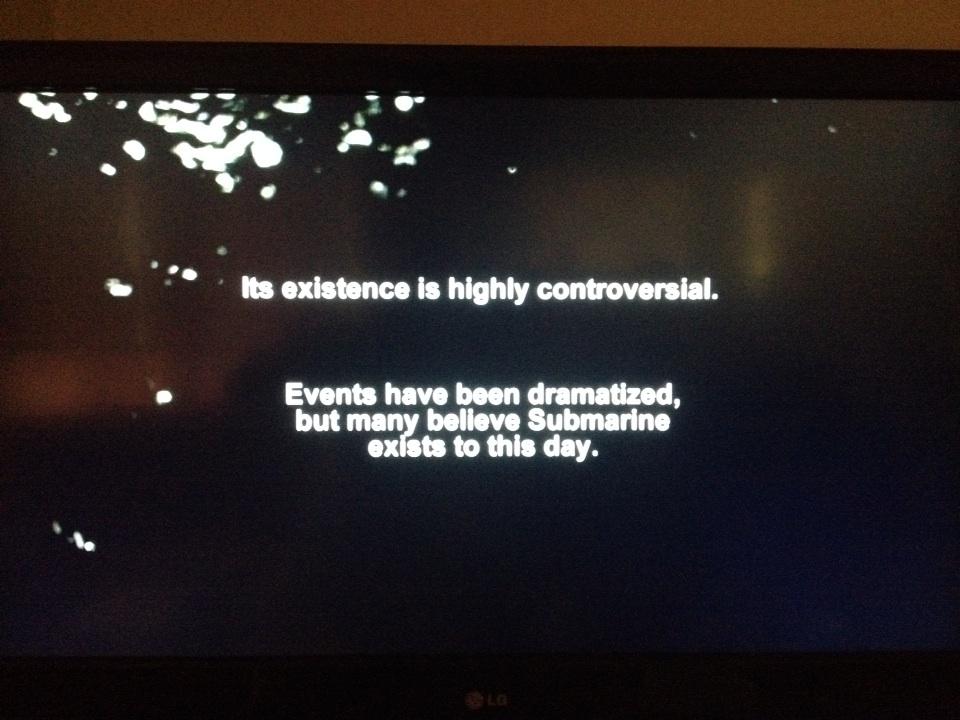Our human history is measured in a sequence of “epochs”, periods of time defined by events or advancements. Today, we are entering the epoch of climate change. In this era, Lindsay Graham acknowledges that climate change is real and humans are causing it. Conversations finally turn away from “Do we need to do anything?” to “What are we going to do now?”
This question terrifies conservative political parties across the globe. “What are we going to do now?” cannot be answered by old techniques aging politicians are comfortable with. The beginning of the climate change epoch is the end of their political/economical relevance just as the DVR was the death of Laser Disc. We cannot save our economies and address these new challenges by using strategies developed 30+ years ago during a completely different environment.
Read More “The War on Climate Change is a Guaranteed Job Creator” »
![By Nils van der Burg from Madrid, Spain (IMG_7446) [CC BY-SA 2.0 (http://creativecommons.org/licenses/by-sa/2.0)], via Wikimedia Commons](https://www.southernfriedscience.com/wp-content/uploads/2015/01/1024px-Oosterscheldekering_1-e1421851795834.jpg)


